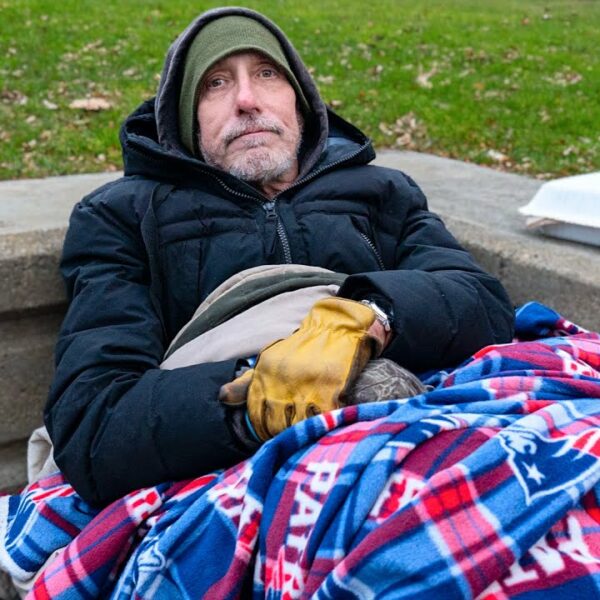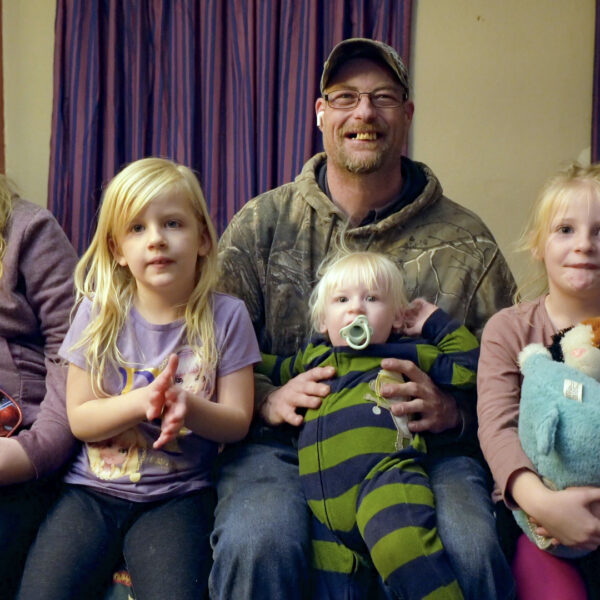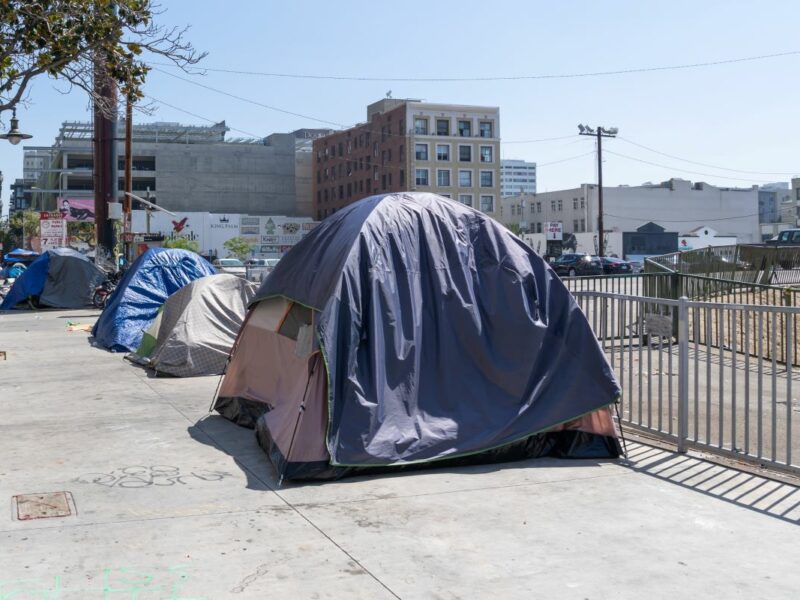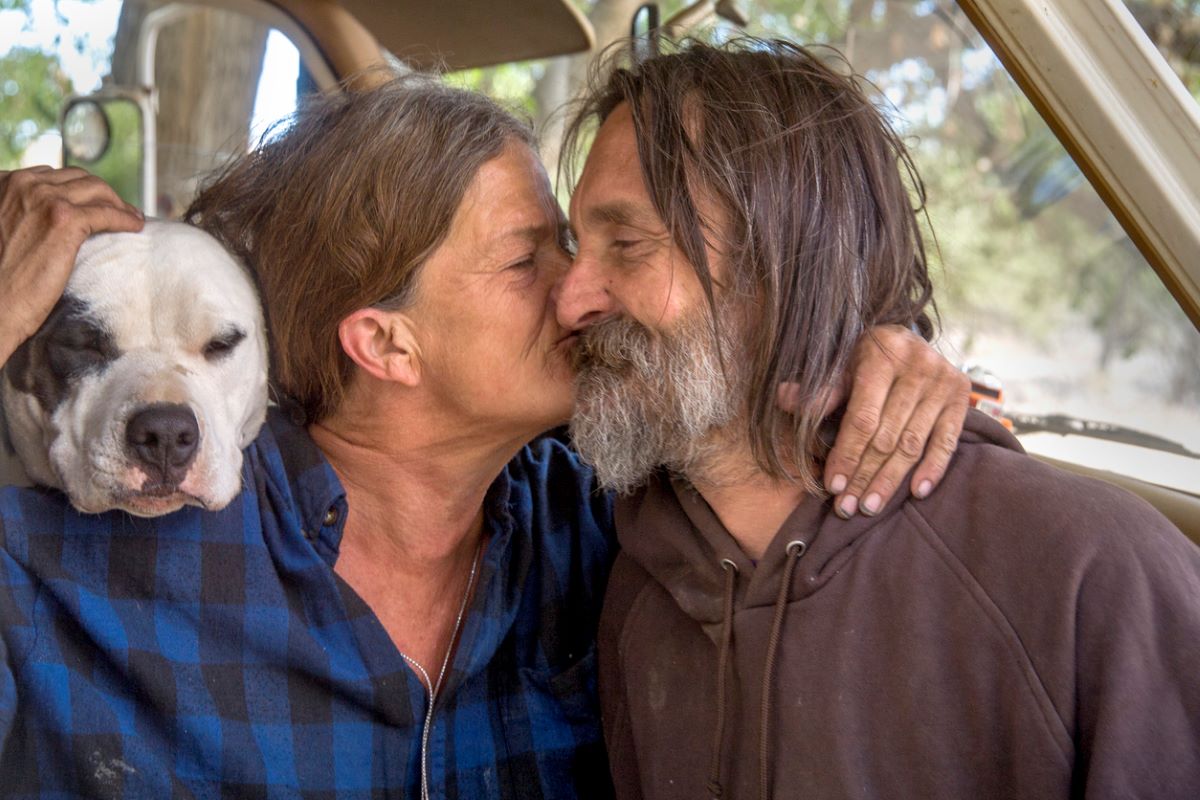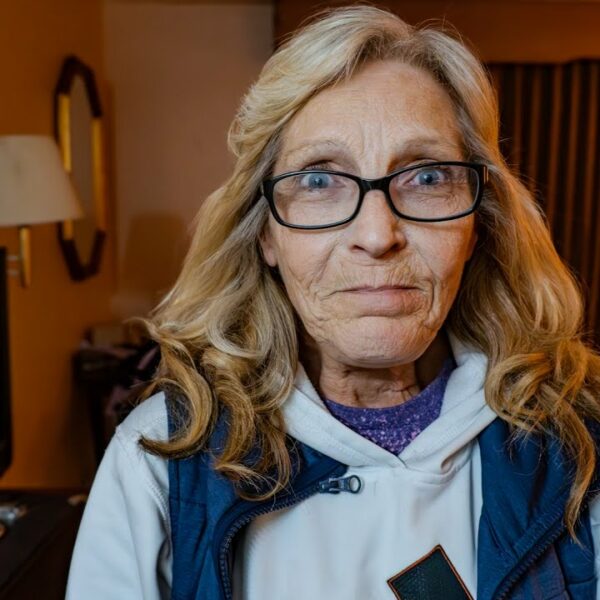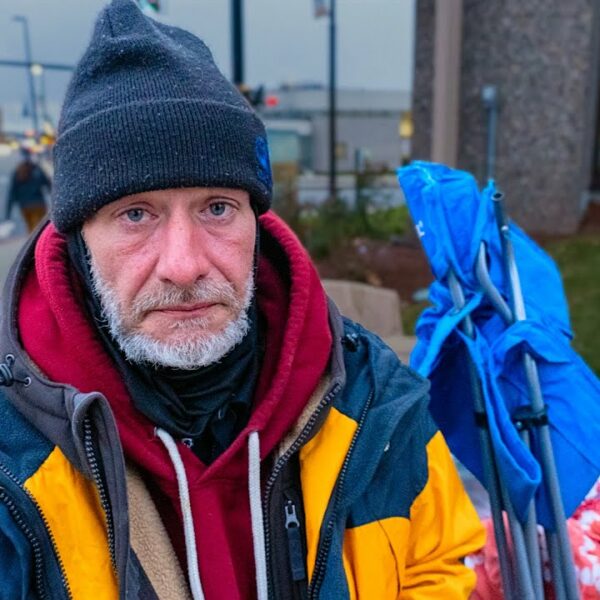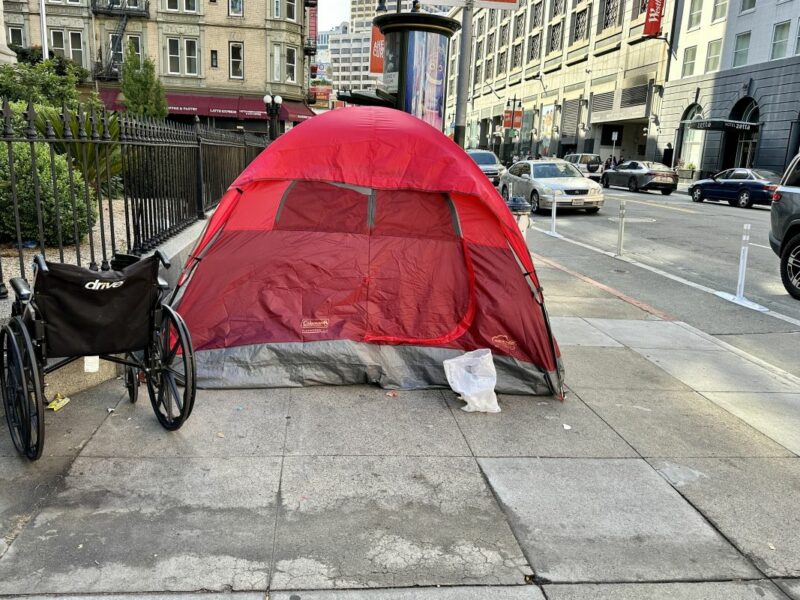The Answer May Surprise You
If you were to ask the average person what the most common type of homelessness was, they’d first probably wonder aloud what the different types of homelessness were. But after you explained that homelessness can be episodic, transitional, chronic, or hidden, they would probably choose chronic as the most common type.
This goes with the general public’s perception of homeless people as a whole different category of people with some inherent trait or character flaw predisposing them to homelessness. The average housed person thinks of unhoused people as once homeless, always homeless. Not much thought goes toward the systemic issues that make the experience of homelessness all too common.
But the average person would be wrong. In reality, the most common type of homelessness is transitional homelessness.
What Is Transitional Homelessness?
Transitional homelessness occurs when a major upheaval in someone’s life leads them to become homeless. The instigating event could be so many different things, from a job loss to a natural disaster and everything in between. These are the types of things that everyone wants to believe could never happen to them – until they find out they can.
In a catastrophic event like this, many people would hope to avoid homelessness by relying on their support networks of friends, family, or other community members. Others may have saved up a monetary cushion to protect against the worst effects of events like this. But for someone who never had those safety nets or people who exhaust their reserves and the goodwill of others, transitional homelessness becomes the only option.
Why Is Transitional Homelessness So Common?
Transitional homelessness is the most common type of homelessness because almost everyone experiences an event that could lead to it with just a few bad rolls of the dice. Events that regularly lead to transitional homelessness are often sudden. They come without warning and can happen to anyone.
It could come as a result of a sudden illness or injury that leaves you unable to work. With no income and mounting medical bills, it’s all too easy to end up on the street at a time when you should be focusing on getting well.
Or it could be the unfortunate culmination of a struggle to escape domestic violence. Many families find themselves in transitional homelessness as they strive for a better, safer life. When coupled with the fact that abusive spouses and family members often control the finances of the people they abuse, people fleeing these situations are particularly vulnerable to transitional homelessness.
Even people who aren’t suffering abuse can experience transitional homelessness due to their spouse or family member’s actions. Consider a spouse who earns the bulk of a family’s income filing for divorce and leaving the rest of the family with the choice to stay in housing they can’t afford until they are evicted or leave and hope to eventually find a stable, safe housing option on a shoestring budget.
Most people living on streets and in shelters today have a story like this to tell. The specifics of each situation are so varied that it really drives home the point that practically anything can result in homelessness if you just get unlucky enough.
What Are the Other Types of Homelessness?
Now that we’ve covered the most common type of homelessness, transitional homelessness, you may be wondering about the other types: chronic, episodic, and hidden.
Chronic Homelessness
Chronic homelessness is what many people tend to think of when they think of homeless people. This term would apply to someone who stays in shelters or on the streets long term and will likely be homeless for the rest of their lives. They likely have specific housing and support needs that can’t be met by the current system, which leads to them staying stuck without housing. Chronic homelessness represents a very small slice of the overall situation.
Episodic Homelessness
Episodic homelessness is characterized by repeated periods of homelessness with periods of stable housing in between. A general guideline for this is experiencing three or more periods of homelessness of any length within the last 12 months. People who are episodically homeless tend to be younger people who struggle to maintain employment or hold seasonal or minimum-wage jobs.
Hidden Homelessness
Hidden homelessness is the fourth type, though it could also be called “couch surfing.”
Sometimes members of the hidden homeless are so well hidden that they themselves don’t even realize they qualify as homeless! This category includes people who don’t have access to their own stable housing but are instead crashing with friends or staying at hotels. This type of homelessness is difficult to identify. People experiencing it don’t often secure resources to help them out of it. It could be just a temporary thing, or it could snowball into one of the other types of homelessness.
Transitional Homelessness Far Exceeds all other Types
While the figures on hidden homelessness are a little difficult to quantify, transitional homelessness has such a wide lead on all the other types of homelessness that it’s still a clear winner as the most common type of homelessness. Though it often results in brief periods of homelessness, it happens to so many people that, over time, it outweighs all other types by far.
Perhaps the biggest takeaway is that you don’t have to do something wrong to end up homeless. You don’t need to have difficulty managing conditions like an illness, disability, or addiction. A hurricane doesn’t really care if you struggle with mental health or not when it destroys your home and leaves you with nowhere to go.
Plenty of ordinary people like you and me end up homeless every day for reasons entirely out of their control. It shouldn’t be this way. It shouldn’t take just one missed paycheck, lost job, or natural disaster to end up with nowhere to go. We must talk to our legislators and urge them to implement more safety nets for ordinary people to prevent this from happening so often.



